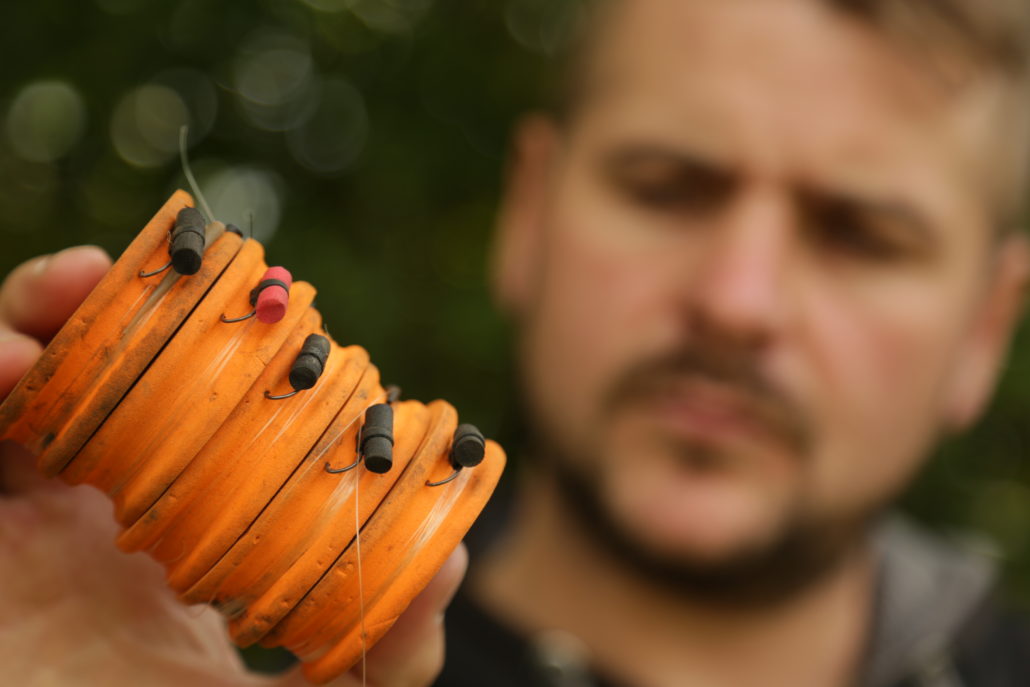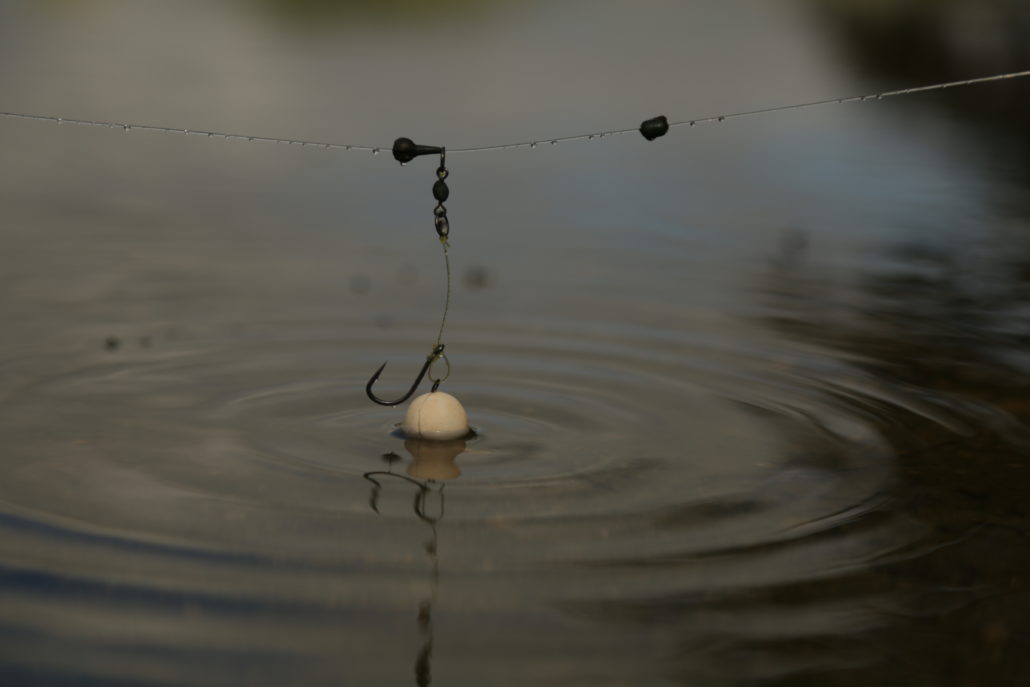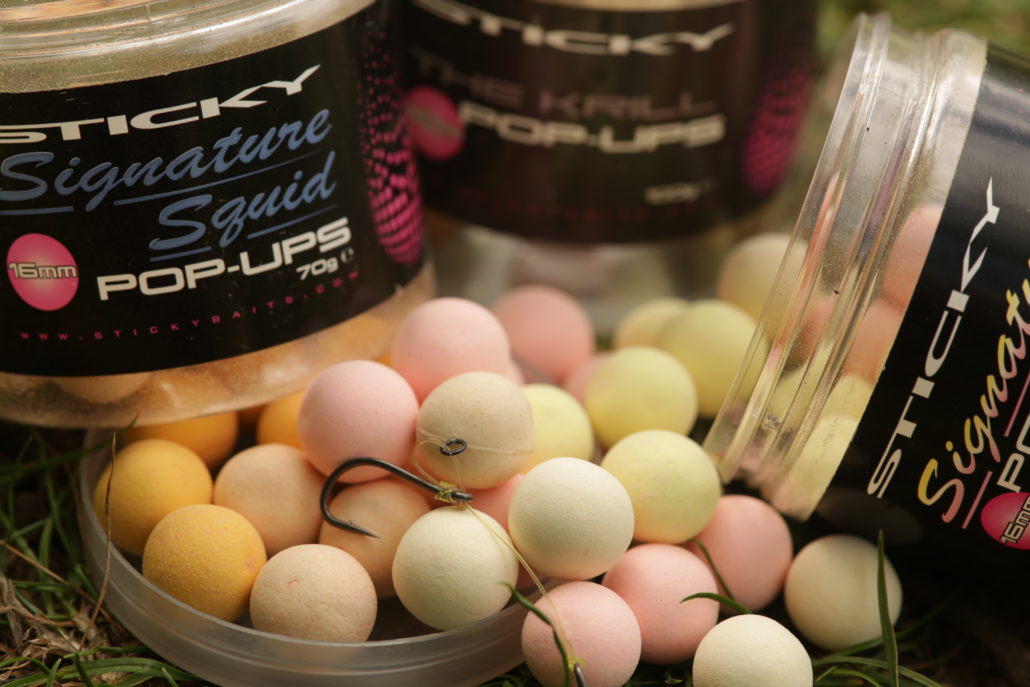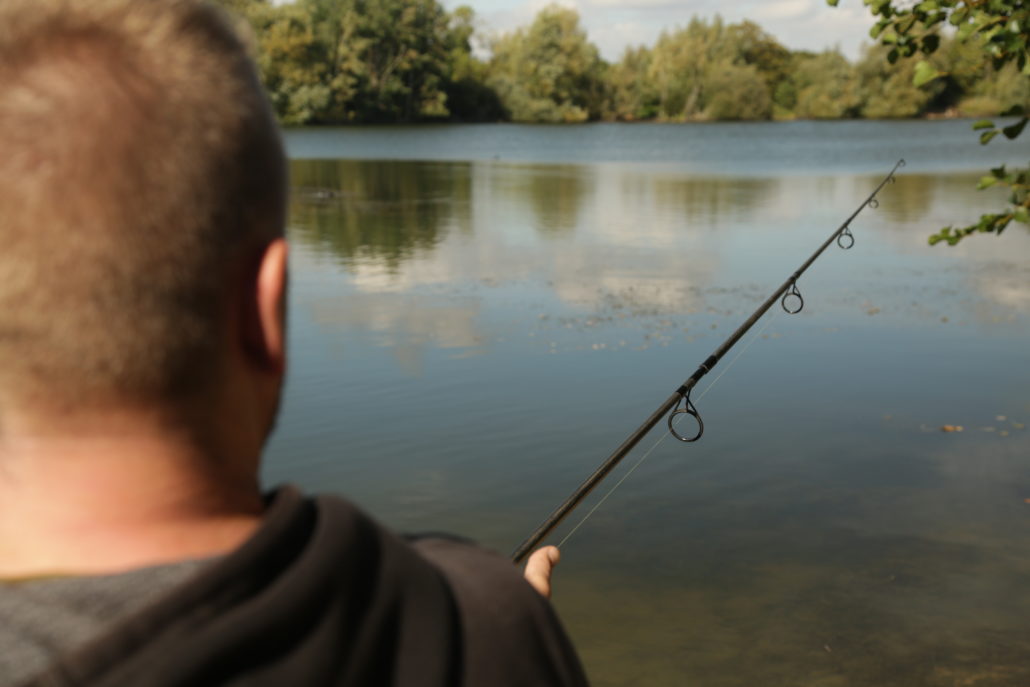The Approach
By
Scott Lloyd
Last article, SCOTT LLOYD explained how he located carp and in this articles issue, we talk about how he approaches it when he does…
Last article, SCOTT LLOYD explained how he located carp and in this articles issue, we talk about how he approaches it when he does…
Last article we talked about finding fish and for this issue, I want to run through what I do once I have done that. If you read the last one, I talked about various ways the fish will tell you how they are feeding and what leads you to fish a certain way for them. I don’t have a tactic that I use all year round, it flips and changes depending on the situation.
I react on what I see, and I will start off with zigs. This is often when the fish are spending time up in the water and I don’t always mean cruising up in the water, the time of year and conditions often lean me towards fishing with the zigs. The type of show is often a thrashy one, or a random porpoise across the lake, where they are snatching bugs in the upper layers.
(On those cold days, Scott uses zigs a lot when the fish are up in the water.)

They are a deadly spring tactic but work well in the colder months too. When it does get cold, those chilly air temperatures but warm sun, combined with high air pressure is a great time to use the zigs. It can be uncomfortable on their swim bladders to be in the deeper water in the high pressure. I always look for tiny pin prick bubbles, which they are always letting out. If they are low down, you won’t notice them, but you will if they are high up in the water. If people are not catching on the bottom, give them a go.
If the coots freak out, jump up and start stomping their feet you can bet your bottom dollar there are carp underneath them.
In terms of depths, I will use a 10ft lake as example. I will start one at 9ft, one at 8ft and then 7ft. I start high and work my way down because it is easier to cut a bit off, rather than retie a rig. I don’t play around with colours too much, sticking to either black or brown.
The one thing that I have noticed form watching them from a tree is how they take baits up in the water. They will snatch at anything, leaves or any sediment, so a darker a subtler colour I feel is a little more inconspicuous.
I don’t use complicated zigs, I used to use a rig that I thought was deadly and more effective than others, but with the Zig Aligners I have lost that edge and use them for ease. I use them in conjunction with big leads too, as I feel that it really helps with hooking them when they do such them in.
I try and be prepared for every situation that I may be faced with, so having a few zigs tied up before you go fishing is really handy and will save you lots of time. The same goes for any of the rigs that I will use, I like to have at least three of each spares tied up wherever I go. This way if the fish are doing something that I feel will give me an opportunity, I can react quickly and have rigs fishing on them in double quick time.
Moving on from zigs, I want to mention chods. The only time I will use these when I feel that the fish are out there feeding in an area and a I don’t know the make-up of the bottom. Also, if they are ripping up and area and there is floating weed everywhere, I know that with a long running chod it will be fishing. If fish them naked and it is critical to perfectly balance them so that they sink really slowly.
(Chods are a great way of fishing for an opportunist bite and he balances his pop-ups.)

I see a lot of people weighting them so that they just sink, but if it flies down to the bottom, it may take a lot for the fish to take that bait in and they can suspect something is wrong. I also use it fixed, so that when the lead lands the rig won’t go in the weed, preventing it from sliding up the line. By fixing it high up the line, I know that it will be sitting on top of even the tallest strands of weed.
I always look for tiny pin prick bubbles, which they are always letting out. If they are low down, you won’t notice them, but you will if they are high up in the water. If people are not catching on the bottom, give them a go.
A lot of my chod fishing is an opportunist chance and this is why I use a bright bait. I feel that when I don’t have any other bait out there, that bit of colour can be enough to grab the carp’s attention and get a bite. Depending on the lake that I am fishing, or the time of year will dictate the smell and often colour I go for.
If, however I see fish feeding in an area and I know a spot, then I would much prefer to fish on that area and on the bottom. But generally, if this was the case I do like to leave them and wait until the feeding dies down and fish for the following morning bite. They will return and if you have the time to sacrifice the night, you can get everything spot on for when they return, rather than risk spooking them and ruining your chances. If it is that morning feeding time this is what I do, if it is during the day and a one-off chance then I will fish for them.
If I was fishing on to a spot, the nature and feel of it will tell me what rig to use. If I am getting a drop but I am pulling back bits of leaf or debris, then I would use a hinge rig. I tend to use this in the spring before the fish have really polished off the spots and the hinge is a really effective way of fishing. Carp find them hard to deal with and always have done. I know that the rig is fishing which gives me a boost of confidence.
If the spot is clean and I know it is gravel or smooth silt, then I would use what I call the Noodle rig. With this rig, it is all about the kicker that makes it different. I use it in conjunction with a balanced bait something like a Krill wafter is perfect. I have watched fish feed in the edge a lot over the years and this is the rig that I have finished up with after lots of tweaking, that I feel the fish find hardest to deal with. I use that long curved kicker with that bent shape on the bottom and the hook holds are nearly always bang on.
It allows the hook to turn and catch hold of the tough bit of mouth, rather than the fleshy outer. That little bit of putty on the stripped back bit flips the hook and turns, allowing it to catch hold perfectly. A 20mm kicker will hook them 20mm back, which is what you want.
It has been my go too rig for fishing on the bottom for a while now and has been the one that has helped me catch most of my bigger fish too.
I don’t overcomplicate things, I generally have a few rigs that suit a number of situation and am confident in them. That is key, using something that you are confident in and you know is fishing when you cast it out.
Bait is something that confuses a lot of people, in terms of what to use, when to put it out and how much. It isn’t a rule, more something that can be achieved through experience and trial and error. I don’t over complicate things too much. For the main fishing season, so April to November, I use Krill boilies. I have said a lot about this bait in the past and it really is one of those game changers you can add to your fishing.
(He favours bright ones when he is fishing for a quick bite.)

Carp do and will recognise not only what is attractive to them, but also what is good for them too. There is a reason why baits like the Krill have become popular and stayed that way for a number of years. Chasing a new flavour won’t ever help gain your confidence. Stick to something that you are either confident in, or a bait that you know catches loads of fish consistently.
I always carry liquids with me too, as there are times when I want to ramp the attraction of the bait up and apply minimal feed. There may also be times where I feel that washing out my baits will help me catch a wary pack of fish, it all depends on the situation.
I like to carry some particles with me too, especially in the summer months. Baits like maples, tigers, hemp and partimix are all great for bulk feeding or hook bait options. In the colder months, I tend to use more sweetcorn, maggots and I switch from the Krill to the Manilla.
The Manilla is a different bait, full of milks and low fat ingredients, allowing the fish to digest it much better in the colder temperatures. It is also light in colour when in the water, which is a big thing in the colder months. I think fish feed a lot on sight when their metabolism is low and this, combined with corn is a real winner.
(Scott always says, the trick in the fish is to enjoy the trip.)



